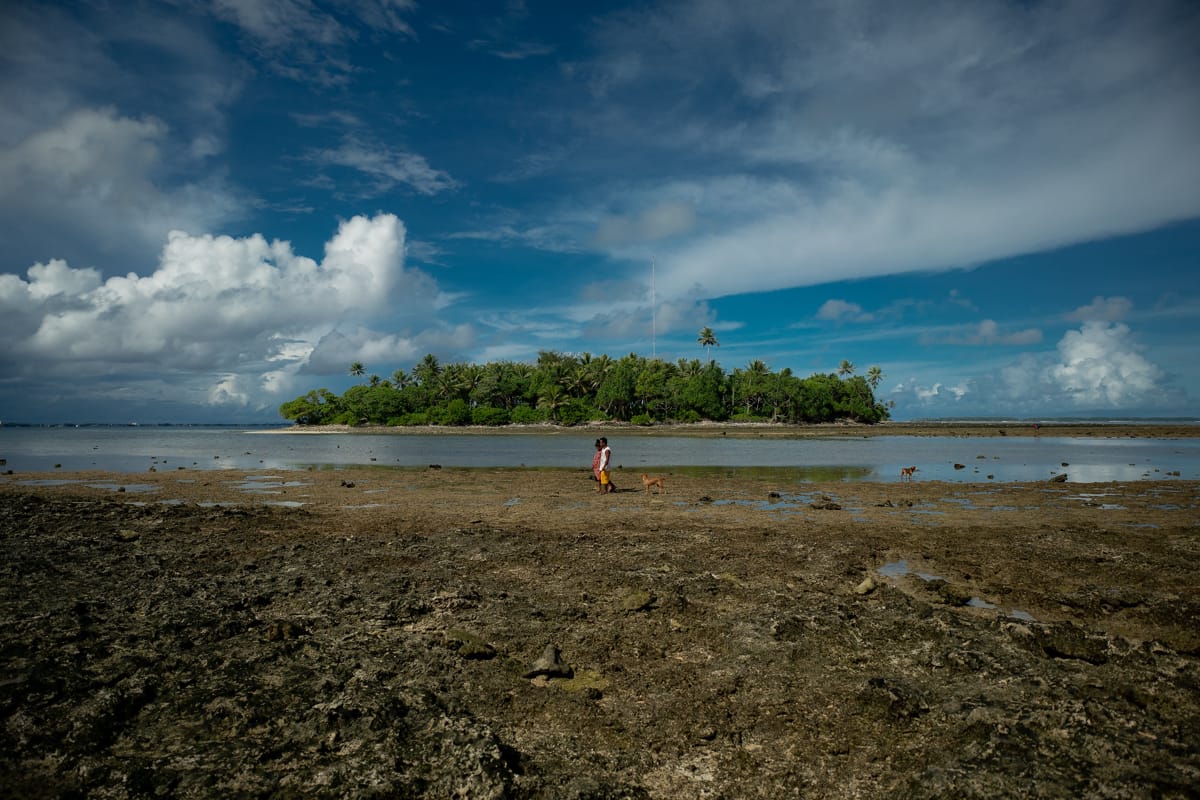Developing countries face massive costs to meet the challenges posed by climate change. This year, world leaders will come together at the UN climate talks in Azerbaijan to agree to a new global target for the provision of climate finance. The existing goal of US$100 billion per year by 2020 was met by wealthy donor governments, but two years late. It also fell well short of needs, which are expected soar to around US$2.4 trillion annually by 2030 in the developing world (excluding China). The challenge for the new post-2025 goal is to increase ambition while remaining practical about how to secure more funds.
There are many burning issues. One of the most complex is whether high-emitting emerging economies, notably China, should have to contribute. Developed nations such as the United States and Australia have argued for this. China has so far resisted.
Interestingly, China, and to a much lesser extent other non-traditional donors, already provide large amounts of climate financing. But little official reporting is provided on their activities. Existing analyses (here and here) offer global estimates of non-traditional climate finance, but are out of date and lack detail, especially on amounts provided rather than promised.
The Lowy Institute Aid Maps for the Pacific and Southeast Asia can help to plug some of the knowledge gaps. The Aid Maps track all official development finance projects from both traditional and non-traditional donors to each region, including those with climate mitigation or adaptation as an objective, i.e. climate finance.
Understanding climate finance flows in these two regions can be instructive for the negotiations on a new target. Southeast Asia is a developing region of significance to the global net zero transition and requires substantial investment to decarbonise its fast-growing economies. And the Pacific is made up of highly climate vulnerable small island developing states facing urgent adaptation challenges.
China’s financing terms also tend to be less generous than that from traditional partners. This leaves debt as a concern.
The Aid Maps confirm non-traditional donors provide large amounts of climate finance that is not captured by official reporting. This averages to US$1.2 billion per year over 2015-21, or 13% of total climate finance to Southeast Asia and the Pacific combined. Almost all this amount comes from China, although other non-traditional donors such as Saudi Arabia, India, and Taiwan have also provided small contributions.
Most of China’s climate financing in the two regions goes to Southeast Asia. China is the third largest source of climate finance, making up 14% of the total, not far behind the Asian Development Bank and Japan. It is also the largest single source of financing for projects where climate change is the principal objective (e.g. renewable energy), rather than as a significant objective integrated into projects primarily targeting other purposes (such as gender or biodiversity).
There are however a few less positive signs. Most of China’s financing reflects several large hydropower projects in Laos – projects which have been accompanied by significant negative secondary impacts including damage to local ecosystems and communities as well as severe debt problems. China’s climate finance to Southeast Asia has also steadily declined since 2017, in terms of both actual spending and new project commitments.
In the Pacific, Beijing plays a smaller role. China ranks as the 10th largest provider of climate finance, contributing just 2% of the total to the region. However, it compares more favourably to major donors like the World Bank for projects where climate is the principal objective. China’s climate spending in the Pacific has increased in recent years, although this has been driven by disbursements towards a handful of large ongoing projects, for instance an electricity transmission grid project in Papua New Guinea. In fact, much like in Southeast Asia, China has made few project commitments to the Pacific since 2020.

Another important facet is that China’s financing terms also tend to be less generous than that from traditional partners. This leaves debt as a concern. In Southeast Asia, only 9% of China’s climate financing is in the form of grants or concessional loans, compared to more than 60% for traditional partners. China’s focus on non-concessional climate finance also likely explains its smaller relative role in the Pacific, where the ability to pay down debt is lower.
Tracking China’s contributions helps gauge how well it is helping to meet the needs of developing countries and where gaps remain. China is a major climate finance player, but with its role skewed towards large-scale energy projects in particular on non-concessional terms. Recent plans to “green” the Belt and Road Initiative along with new capital injections for China’s key policy banks suggest this focus is likely to continue.
China falls short, however, in matching spending on adaptation, particularly in the Pacific. Chinese climate financing has also been shrinking at a time when more support for climate action in developing countries is sorely needed. Crucially, none of this is reported to sources such as the Organisation for Economic Cooperation and Development or the UN Climate Convention, so Beijing’s contributions remain unrecognised.
The new post-2025 climate finance goal could help incorporate China and other non-traditional flows into global climate finance reporting. More than simply expanding the donor base, doing so could also serve as a useful mechanism for encouraging China to increase its transparency, provide more concessional financing especially to the most climate vulnerable countries, and improve its project standards to avoid negative secondary effects for instance on local ecosystems or debt sustainability.
The most basic requirement is to ensure that flows from every donor can be tracked on broadly comparable terms. A voluntary reporting mechanism could be one viable solution.


